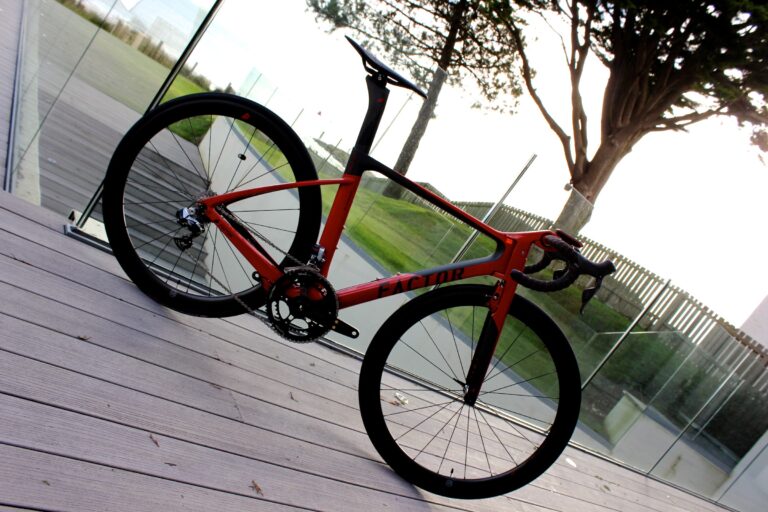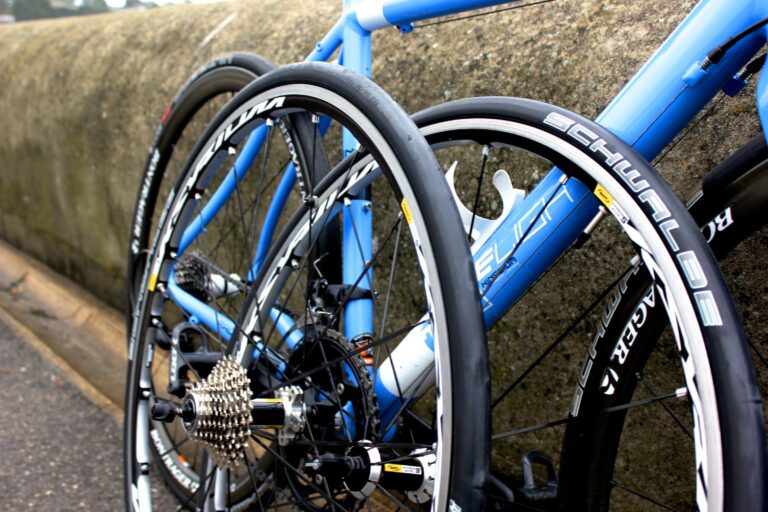Today I happened to be in a bike shop that had a 20-year-old, custom-built road bike with a Reynolds 531 chassis, brought in for a bit of light restoration.
A lovely looking machine, the contrast with the latest and greatest carbon machinery on display and this old steel classic could not have been more pronounced.
The past couple of decades have seen a positive avalanche of improvements for the humble road bicycle.

From a brief mental checklist of my quarter century as a cyclist I can name: indexed gears, dual control levers, aluminium framesets, latterly usurped by carbon, but now on the comeback trail, sealed bearings, Aheadsets, seven, eight, nine, 10 and now 11-speed cassettes, Hollowtech II-style external bottom brackets and press-fit units, a host of braking developments from dual pivot to direct mount and beyond (more of which below), and systems for electronic gear shifting, the latest of which are programmable.
The benefit that unites all of these developments has always struck me as an increase in the usability of the end product. Most of us are not full-time racers, and compact chain sets, wider cassette ratios, and so-called ‘endurance’ bikes such as the BMC Granfondo that place an emphasis on comfort as well as performance all make cycling a more pleasurable experience for the layman.
The benefit that unites evolutions in bike technology is an increase in the usability of the end product. Developments that improve comfort as well as performance make cycling more pleasurable for the layman
It was once the way of things that technology trickled down from peloton to public, but the UCI’s tight rule book has seen manufacturers releasing increasingly imaginative designs and solutions that cannot be used in the World Tour.
And so we are faced with the most hotly discussed topic in road bike technology, namely hydraulic disc brakes. I’m unable to go on a ride with friends without it becoming an, ahem, heated topic of debate.

I’ve “confessed” my cross-code dalliance with mountain bikes in previous blogs, and it’s left me open-minded to the adoption of discs on my road bike. I certainly wouldn’t change back to V-brakes for use on the trail after all these years. The disc brake debate is likely to run and run, and will certainly make bike launches a more varied affair.
I have always been of the opinion that the more cyclists we have, the better, but for this to be a reality, bikes and cycling bodies need to be user friendly and approachable. That bicycles must be light, efficient and comfortable is a given. It is also imperative that they are reliable. Most manufacturers now have pretty exacting testing standards so it’s rare, though not impossible, that a total dud escapes from R&D departments.
I have always liked Keith Bontrager’s assertion that when choosing a bicycle or component you should pick two from a list of three desirable qualities that includes “strong, light, or cheap”. It’s another version of, if it appears too good to be true….
With this in mind, my own view is to embrace changes in two-wheeled technology. Generally, it has served to provide us with an ever-improving selection of lightweight bicycles on which to explore. Just mind the bumps in the road!





